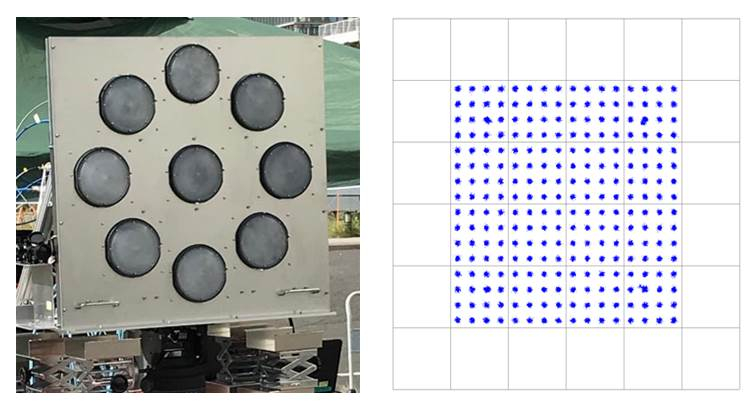NEC on Tuesday announced what it claims is the world's first successful demonstration of real-time digital wireless Orbital Angular Momentum (OAM) mode multiplex radio transmission combining polarization multiplexing transmission over 100m in the 150GHz-band.
This technology is expected to help solve increasing demands for high-capacity wireless connections for networks in the 5G era and beyond. NEC has an accomplished history of developing OAM mode multiplexing technology, including the successful demonstration of OAM mode multiplexing transmission over 40m in the 80GHz-band in December 2018. This time, NEC has succeeded in extending the transmission distance up to 100m, 2.5 times further, and increased the capacity by as much as two times with 16 streams by adding polarization multiplexing to OAM mode multiplexing, as compared with the 80GHz-band demonstration.
NEC plans to apply this technology to its iPASOLINK series of super compact microwave radio systems, mmWave radio products, and mobile backhaul solutions that enable ultra-high capacity for 5G and beyond 5G (B5G) networks.
Due to rapid increases of data capacity in 5G networks, traffic volumes between 5G base station aggregation terminals could reach up to 100Gbps. Moreover, an extremely large number of base stations are required for detailed coverage, especially in ultra-dense urban areas, where the cell grid becomes heavily dense. Since it is difficult to connect these high-density cell sites with just optical fibers, expectations for wireless networking, especially in terms of easy and flexible installation, are increasing.
However, it is necessary for traffic between 5G base stations to reach up to 100Gbps, and it is extremely challenging to create sufficient transmission capacity with conventional technologies, such as using wider channels, multi channels or increasing the modulation scheme. Therefore, OAM mode multiplexing technology, which has the potential to support significantly higher capacity due to rich multiplicity, is attracting a great deal of attention to cater for the demand.


















